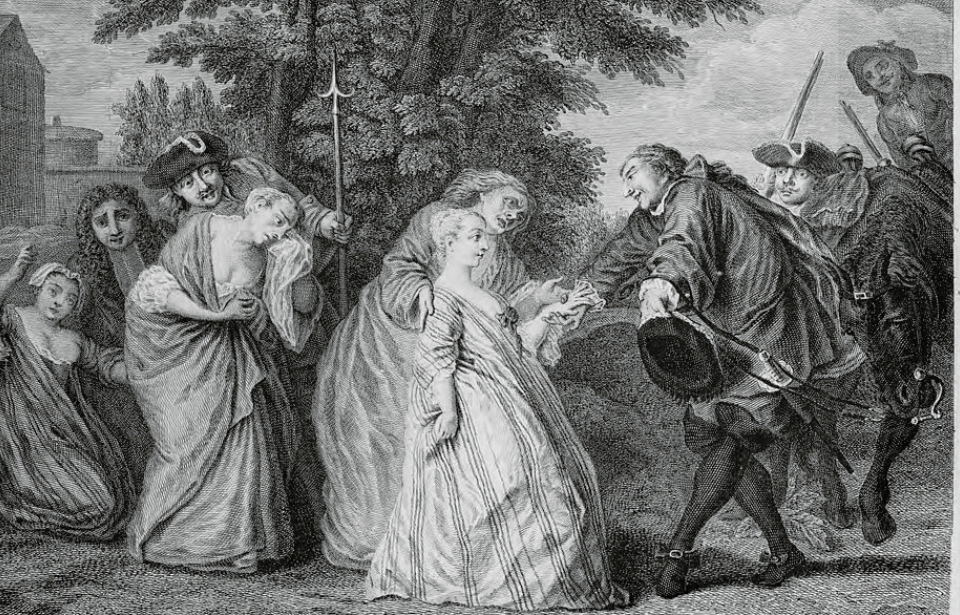In the 18th century, many monarchs were trying to expand their territories into new and unexplored worlds. But once you’ve sent settlers to a distant country, how do you get them to stay there and create a new part of your empire?
Thanks to suggestions from his governors, Louis XIV had the answer: send the wayward men some good, Christian wives to keep them in line.
Well, that was the plan, anyway…
It begins with the King’s Daughters
Jean Talon, the Intendant of New France in Canada, wrote to the King in the mid-1660s, saying that there were not enough women at the settlement for it to expand. Louis XIV, seeing the expansion of English colonies around the world, was eager to ensure his own colony of “New France” prospered. The French authorities sought out women between 12 and 25 who had a letter of recommendation from their parish priest. The women also needed to be in good health to survive the tough life of a colonist.
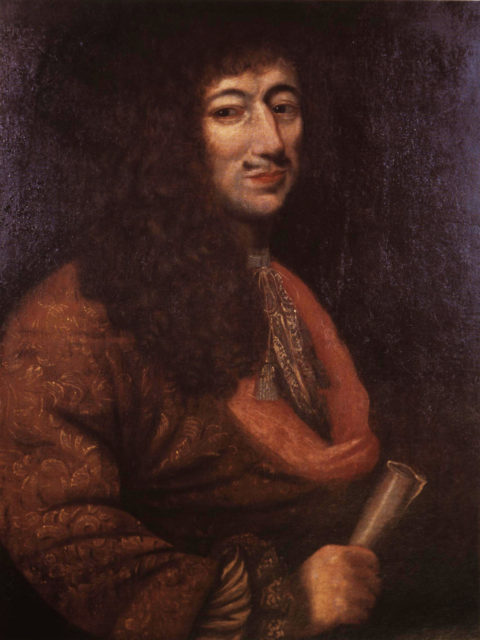
The women selected became known as filles du roi – the King’s Daughters. They weren’t really royal offspring but were sponsored by the King. Each woman received a trousseau and had the cost of their passage (one hundred livres) paid by the Crown to the French East India Company.
Between 1663 and 1673, around 770-850 French women went to New France. Some died, some regretted their decisions and returned home, while others were sent back to France for being below the standard required. However, enough stayed that by 1671, around 700 children had been born.
History came to view such women as prostitutes, sent to slake the desires of wild settlers. However, only one woman (Catherine Guichelin) turned to prostitution, and that was because her husband left her to go back to France.
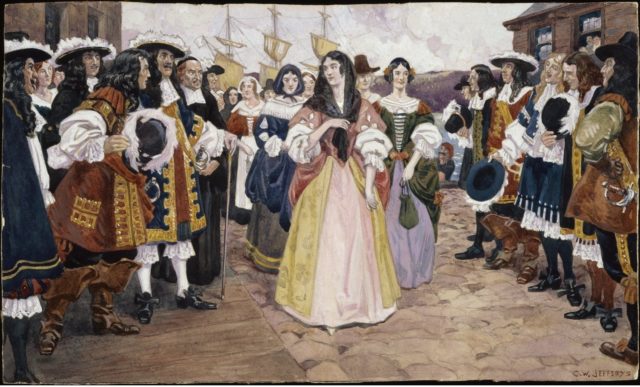
Worries about loyalty
Pierre Le Moyne d’Iberville was the founder of the Louisiana colony, which was set up with 82 men and boys. In 1699, he asked King Louis if the settlers might be permitted to marry the local women. The King agreed, but it was a disaster because marrying the men turned them more native, rather than encouraging them and their wives to become good French citizens.
This was a worry because if a war broke out, on which side would these men would fight? Would it be their distant homeland, or would they defend their wives and their new home?
More French wives requested
Following the success of the filles du roi, the Governor of Louisiana, Jean Baptiste Le Moyne de Bienville, asked the King to send them French women. According to one website, Bienville wrote that the men were “chasing through the woods in pursuit of Indian mistresses.”
This time, the King didn’t sponsor anyone but told his bishops to look in convents and orphanages for suitable women. Although these women were poor and lacked a dowry from the King, they were held to be honest and virtuous girls, eminently suitable for a new life in the New World.
Unfortunately, when the ship transporting them stopped at Havana for supplies, many of the passengers were infected with yellow fever and died. In the end, after six months at sea, twenty-three women with two nuns as chaperones arrived in Mobile in August 1704.
Since each woman had with her a small chest or cassette to store valuable items, they became known as fille à la cassette, meaning “girl with a suitcase.” Over time, cassette was corrupted into casquette, and the women became known as Casquette Girls (or Casket Girls).
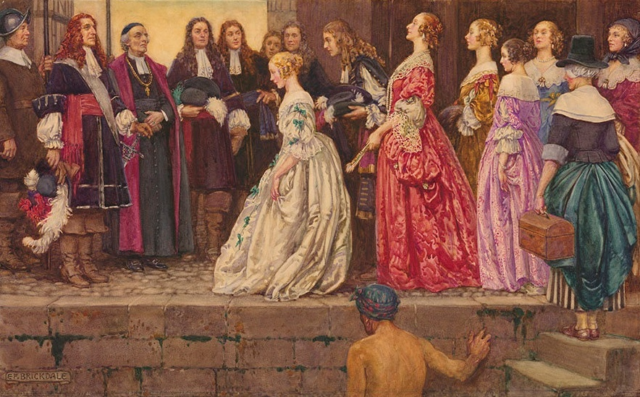
A harsh reality for the Casket Girls
Also known as “Pelican Girls” because they arrived on a ship called the Pélican, the newly arrived immigrants were aged between 14 and 19 years old. The living conditions they encountered shocked them. Their houses were “crude shacks with dirt floors and deer skins stretched over the windows.” The men were also described as “half-wild.”
Unlike the filles du roi, who were permitted to cancel their marriage contracts if they found their husband unsuitable and return to France, the Casket Girls were denied such an option. They were refused passage on all French ships and the local authorities ignored their complaints.

The Petticoat Rebellion
Life in Louisiana was not quite what the women had expected. According to historian Lucille Griffith, the women missed the luxury of French baked bread and disliked the cornbread they were obliged to eat.
Furthermore, the male settlers from France who were not soldiers or priests were hunters and trappers, so they spent most of their time in the woods instead of making a home for their new wives. They neglected more domestic matters like building or maintaining their homes and planting vegetable gardens. With no agricultural work being done, the Casket Girls ended up eating acorns to survive.
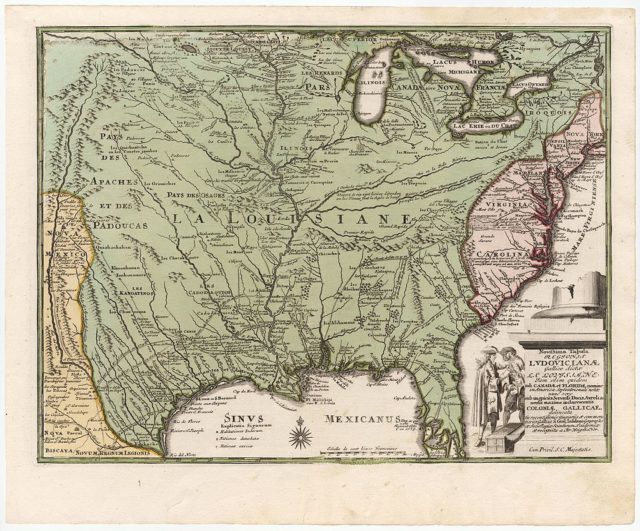
To address this issue, the women began a Petticoat Rebellion. They refused their husbands “bed and board” until the houses were better and more food was being produced. The ploy worked, but Bienville was upset, believing the women to be spoiled creatures making unfair demands. When he next wrote to France, he requested that only country girls, used to hard work, be sent to him.
When word of the rough living standards and unpleasant treatment of the Casket Girls reached France, many women were dissuaded from volunteering to travel to the New World. But since more wives were needed to help the settlement flourish, a new solution was found.
The correction girls bring trouble with them
In contrast to the King’s Daughters who voluntarily traversed the Atlantic and the Casket Girls who were at least treated with dignity, the next set of women to arrive were very reluctant indeed.
According to Marcia A. Zug, between 1712 and 1721, around 7,000 women were taken from orphanages, prisons, hospitals, and even from the city streets and forced-marched to the ports. Kept in chains and terrible conditions, only around 1,300 women eventually made it to the colonies alive.
The website Women & the American Story adds: “Of the 258 women shipped to Louisiana between 1719 and 1721, twenty-nine were from orphanages, thirty-five were from poor houses, and 194 were convicted criminals from the infamous prison La Force.”
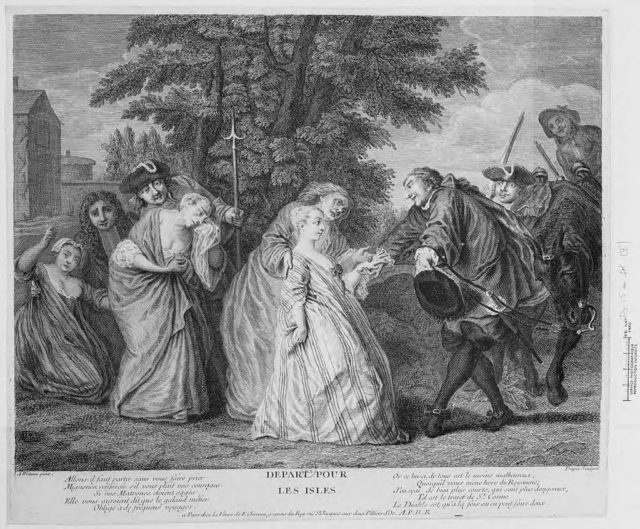
Despite its appalling nature and methods, the transportation plan worked, and Louisiana’s population increased to 8,000 people. By 1803, one in five of the people living in northwest Louisiana were descended from these reluctant female criminals.
In 1727, Ursuline nuns arrived to educate the women, who stayed with them until they found a suitable husband.
The Casket Girls stir up rumors of vampires
Although the name “Casket Girls” came from “cassette” meaning the small suitcase or chest the women brought with them, over time Casket Girls have been depicted as bringing an actual casket with them. In some cases, it was alleged the containers were big enough to carry a body, much like a funeral casket.
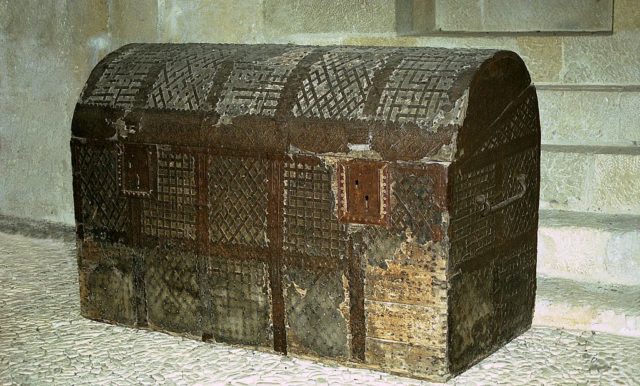
What would young women want with a container that was the size and shape of a coffin? In addition, the women arrived with very pale skin from their upbringing in France. Having spent most of the journey below decks on the ship, their skin was naturally paler than everyone else in the settlement.
With these twin influences, it didn’t take long for the women to become associated with vampires. Adding fuel to the fire was the Ursuline Convent, created by the Ursuline nuns who watched over the young, unmarried French women. For some unknown reason, the third floor of the convent was sealed off and the shutters were nailed in place. Possibly this was done to prevent theft of the girls’ possessions on that floor, but it was also said that the floor was carefully sealed off to protect the virtue of the women living there.
More from us: Axeman of New Orleans: The mysterious story of a early 1900s Serial Killer
Rumors began to circulate that the real reason the floor was off-limits to people and sunlight was because the Casket Girls were either vampires themselves or had brought vampires with them. It was whispered that the nails used to keep the shutters in place were blessed by the Pope himself in an effort to keep the bloodsuckers confined.
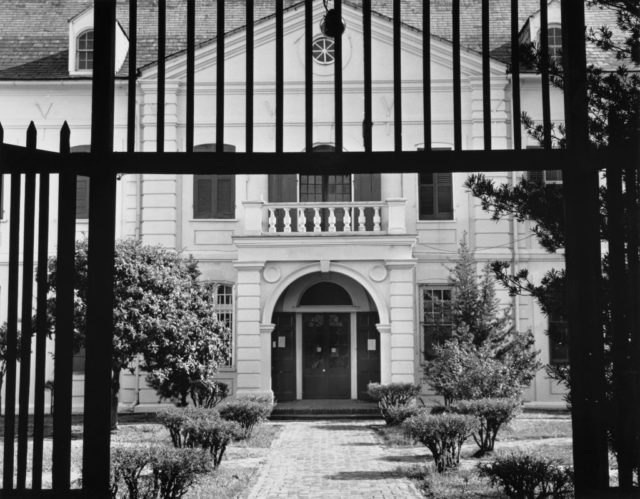
Such stories have persisted up to the present day, bolstered by the alleged death of two paranormal investigators in 1978 when they spent the night in the convent courtyard and were found the next day, drained of blood. Such gruesome tales ensure that the Ursuline convent is a stop on various ghost walks in the area.
